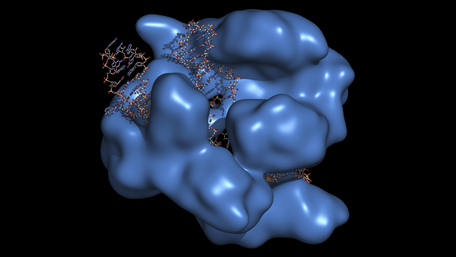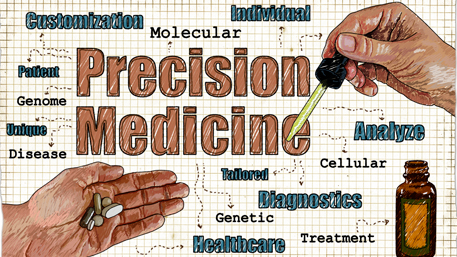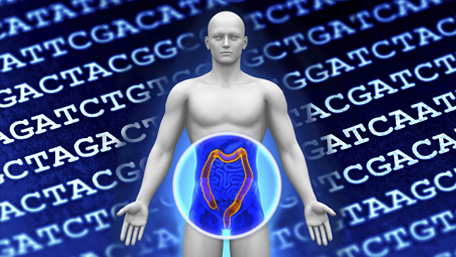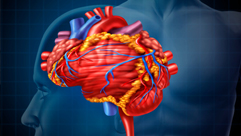
05/25/2021
Hot Topics of the Day are picked by experts to capture the latest information and publications on public health genomics and precision health for various diseases and health topics. Sources include published scientific literature, reviews, blogs and popular press articles.
Sign up MyPHGKB to receive the daily hot topic email alert.
Archived Hot Topics of the Day By Date
What scientists know about new, fast-spreading coronavirus variants
D Adam, Nature News, May 24, 2021
To curb COVID-19, global health must go local: The surge in COVID-19 cases in India and Brazil highlights the need to improve vaccine manufacturing capacity and investment in public health at the local level.
Nature Medicine, May 24, 2021
Rapid And high throughput RT-qPCR assay for identification and differentiation between SARS-CoV-2 variants B.1.1.7 and B.1.351
O Ester et al, MEDRXIV, May 24, 2021
Emergence of SARS-CoV-2 variants of concern in the pediatric population of the United States
JD Bard et al, MEDRXIV, May 24, 2021
Effectiveness of COVID-19 vaccines against the B.1.617.2 variant
JL Bernard et al, MEDRXIV, May 24, 2021
Nucleocapsid mutation R203K/G204R increases the infectivity, fitness and virulence of SARS-CoV-2
H Wu et al, BIORXIV, May 24, 2021
Severe Acute Respiratory Syndrome Coronavirus-2 genome sequence variations relate to morbidity and mortality in Coronavirus Disease-19
P Mehta et al, BIORXIV, May 24, 2021
Investigating the possible origin and transmission routes of SARS-CoV-2 genomes and variants of concern in Bangladesh
AA Nahid et al, BIORXIV, May 24, 2021
Genome-wide identification and prediction of SARS-CoV-2 mutations show an abundance of variants: Integrated study of bioinformatics and deep neural learning.
MS Hossain et al, BIORXIV, May 24, 2021
Core Concept: Herd immunity is an important—and often misunderstood—public health phenomenon
P McDermott, PNAS, May 25, 2021
New Variant Posing Threat, as Global Vaccine Drive Falters - The coronavirus variant first seen in India is rapidly outpacing all others in Britain, a problem for the U.K. and a potential new burden on poorer nations.
B Mueller, NY Times, May 24, 2021
Partial recovery of visual function in a blind patient after optogenetic therapy
JA Sahel et al, Nature Medicine, May 24, 2021
‘N of 1’ therapies need a better model
AA Rus, Nature Medicine, May 24, 2021
Prediction of future Alzheimer’s disease dementia using plasma phospho-tau combined with other accessible measures
S Palmqvist et al, Nature Medicine, May 24, 2021
Wearable sensors enable personalized predictions of clinical laboratory measurements
J Dunn et al, Nature Medicine, May 24, 2021
Predicting optimal deep brain stimulation parameters for Parkinson’s disease using functional MRI and machine learning
A Boutet et al, Nat Comms, ay 24, 2021
Identification of microbial markers across populations in early detection of colorectal cancer
Y Wu et al, Nat Comms, May 24, 2021
Mining mutation contexts across the cancer genome to map tumor site of origin
S Chakraborty et al, Nat Comms, May 24, 2021
Phenotypic homogeneity in childhood epilepsies evolves in gene-specific patterns across 3251 patient-years of clinical data
DL Smith et al, EJHG, May 24, 2021
Combining Clinical and Polygenic Risk Improves Stroke Prediction Among Individuals with Atrial Fibrillation.
O'Sullivan Jack W et al. Circulation. Genomic and precision medicine 2021 5
Disclaimer: Articles listed in Hot Topics of the Day are selected by Public Health Genomics Branch to provide current awareness of the scientific literature and news. Inclusion in the update does not necessarily represent the views of the Centers for Disease Control and Prevention nor does it imply endorsement of the article's methods or findings. CDC and DHHS assume no responsibility for the factual accuracy of the items presented. The selection, omission, or content of items does not imply any endorsement or other position taken by CDC or DHHS. Opinion, findings and conclusions expressed by the original authors of items included in the Clips, or persons quoted therein, are strictly their own and are in no way meant to represent the opinion or views of CDC or DHHS. References to publications, news sources, and non-CDC Websites are provided solely for informational purposes and do not imply endorsement by CDC or DHHS.
- Page last reviewed:Feb 1, 2024
- Page last updated:Apr 18, 2024
- Content source:










